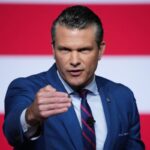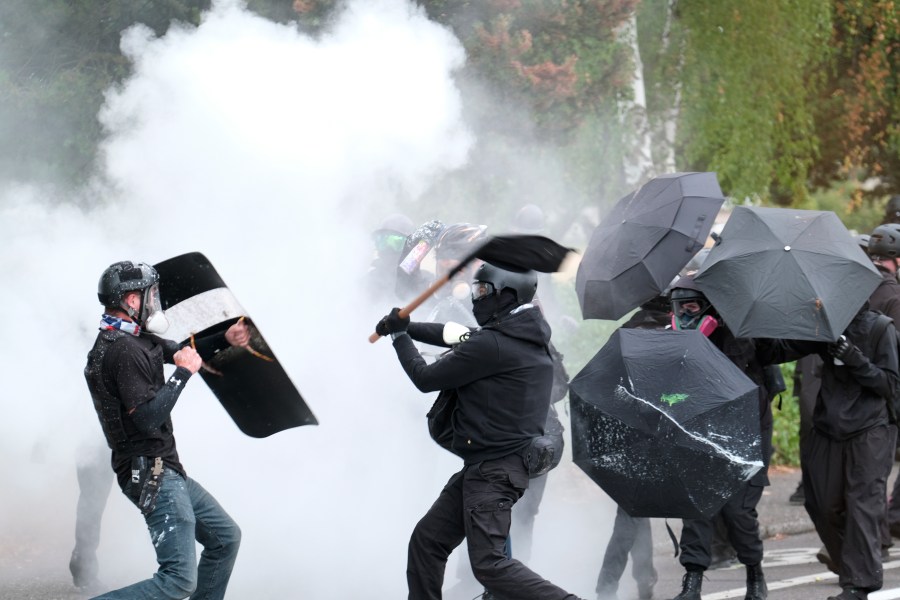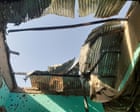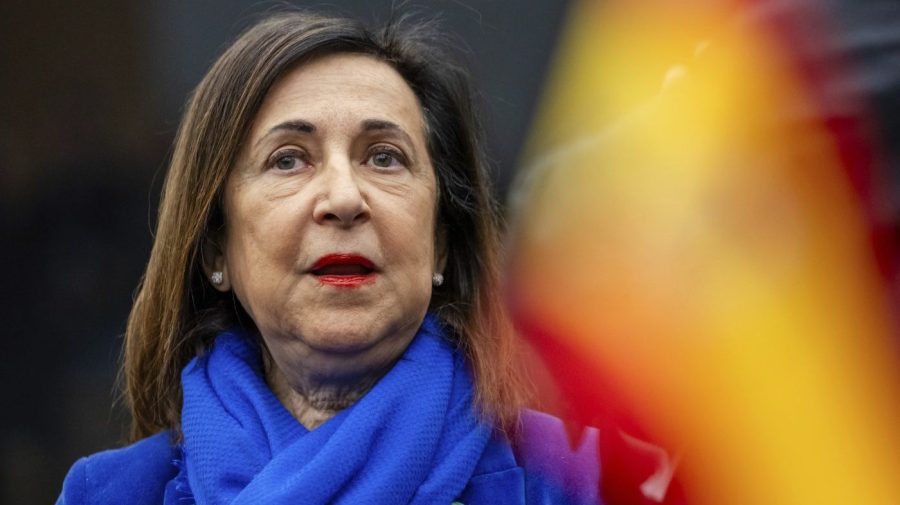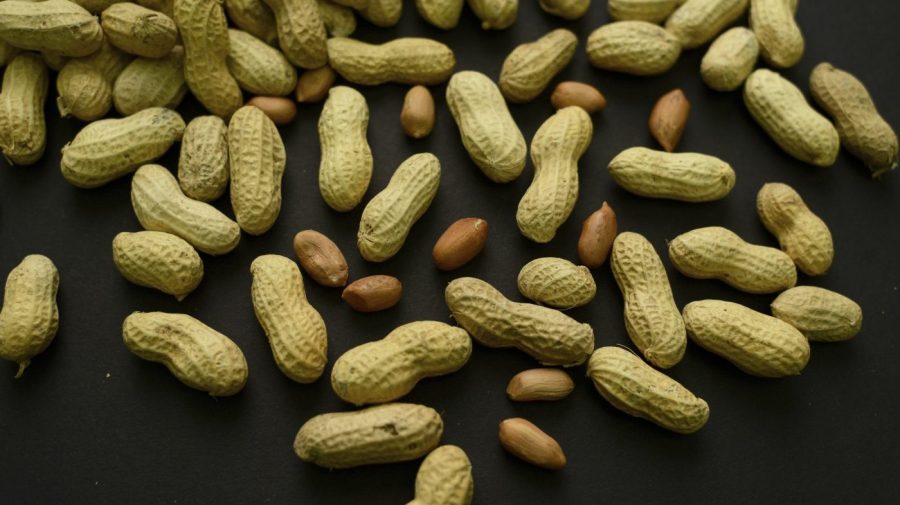Roughly seventy years ago, FBI Director J. Edgar Hoover famously declared, “There is no organized crime in America.” Hoover’s stubborn denial of the existence of the mafia continued despite ample evidence to the contrary, from arrests to congressional testimony.
Many have speculated on why Hoover maintained his stubborn denial. Perhaps, they say, he was trying to avoid the political embarrassment of long ignoring the single largest criminal network in the country.
Many today seem to be adopting a Hoover-esque wilful blindness about another violent group: Antifa.
Politicians and pundits are denying that the left-wing anarchist group exists, mocking President Trump’s designation of Antifa as a terrorist organization.
Rep. Dan Goldman (D-N.Y.) seemed to morph into Hoover before our very eyes, including a posting in which he challenged anyone to “name one member of ‘Antifa.'”
Former House Judiciary Chair Jerrold Nadler (D-N.Y.) was widely ridiculed for denying the existence of Antifa.
Others on the left have joined Goldman in this absurd claim. Late-night host Jimmy Kimmel committed part of his monologue to assure viewers that Antifa is no more than a mythical “chupacabra.” “You understand there is no Antifa,” he said. “This is an entirely made-up organization.”
I have testified about Antifa before Congress, run columns on the organization for over a decade, and wrote a book discussing Antifa. I did oppose declaring Antifa a terrorist organization due to free speech concerns, but I also know that it is very real.
By design, Antifa avoids typical leadership hierarchies and organizational structures. Antifa was first created in the 1920s, associated with the Weimar-era German communist group Antifaschistische Aktion.
It is easy to satisfy Goldman’s demand in naming some members, since they self-identify as members of Antifa. One such student came from my campus and proclaimed that Antifa was winning after his arrest for property destruction.
When another radical was arrested after taking an axe to a congressional office, he self-identified as a member of Antifa.
Before Kyle Benjamin Douglas Calvert, 26, implanted an IED device outside of Alabama Attorney General Steve Marshall’s office in downtown Montgomery, he put up stickers reading “support your local Antifa.”
Numerous Antifa members have been arrested, including some who claimed to be journalists.
Many protesters belong to Antifa groups that have names like “Rose City Antifa” and offshoots like Love and Rage and Mexico’s Amor Y Rabia. Antifa members have been elected to the French and European parliaments.
Rutgers Professor Mark Bray’s “Antifa: The Anti-Fascist Handbook,” called by some the “Antifa bible,” explains that the group is united in its opposition to free speech. “Most Americans in Antifa have been anarchists or antiauthoritarian communists,” he writes. “From that standpoint, ‘free speech’ as such is merely a bourgeois fantasy unworthy of consideration.”
Law enforcement officials like former FBI Director Christopher Wray have long debunked the deniers like Goldman. “Antifa is a real thing,” said Wray.
Ironically, when many on the left are not denying its existence, they are rallying their members or actually selling Antifa merchandise. Former Democratic National Committee deputy chair Keith Ellison — now the Minnesota attorney general — proclaimed that Antifa would “strike fear in the heart” of Trump. His own son, Minneapolis City Council member Jeremiah Ellison, declared his allegiance to Antifa in the heat of the protests this summer.
But ,with Antifa violence on the rise, Democratic leaders have gone back to denying its existence even as Antifa deploys its signature black hoodies and masks.
Indeed, some liberal activists admit to having coordinated violent protests with Antifa groups. For example, University of North Carolina at Chapel Hill professor Dwayne Dixon was a member of the radical gun club Redneck Revolt, a group recently referenced in flyers quoting the assassin of Charlie Kirk to rally the left. The flyers read, “Hey, Fascist! Catch! The only political group that celebrates when Nazis die.”
During a panel at Harvard University, Dixon reportedly admitted that an Antifa-linked group requested his gun club to provide security during the August 2017 Unite the Right rally in Charlottesville, Virginia: “Prior to that day, as the planning for the defense of Charlottesville proceeded, the local Anarchist People of Color Collective … had requested that Redneck Revolt be present to secure Justice Park for a wide variety of activists who were expected to assemble.”
The denial of the existence of an actual group is meant to deflect the discussion of the rising violence from the left, as these same politicians fuel the rage with reckless rhetoric. But they’re not so good at keeping their story straight. While whipping up the mob with claims that democracy is dying and comparing their opponents to Nazis, they deny the existence of the very group that politicians like Ellison praise for targeting conservatives.
Hoover declined to admit the mafia existed until, on November 14, 1957, dozens of mobsters were found meeting in a farmhouse in Apalachin, New York.
What is different is that Antifa has repeatedly had such farmhouse moments, with prosecutions revealing a national movement with self-identified members. So why the denial? These are the shock troops for some politicians who think that they can use the violent group for political advantage. They are mistaken. Antifa is unlikely to have much use for establishment liberals once it gains more power.
Until then, Antifa can count on the Goldmans of the world to give them cover in denying that they exist.
In the film “The Usual Suspects,” the character Verbal Kint offered this explanation for the invisible villain Keyser Söze: “The greatest trick the devil ever pulled was convincing the world he did not exist.”
Jonathan Turley is the Shapiro Professor of Public Interest Law at George Washington University. He is the author of the bestselling book “The Indispensable Right: Free Speech in an Age of Rage.”









